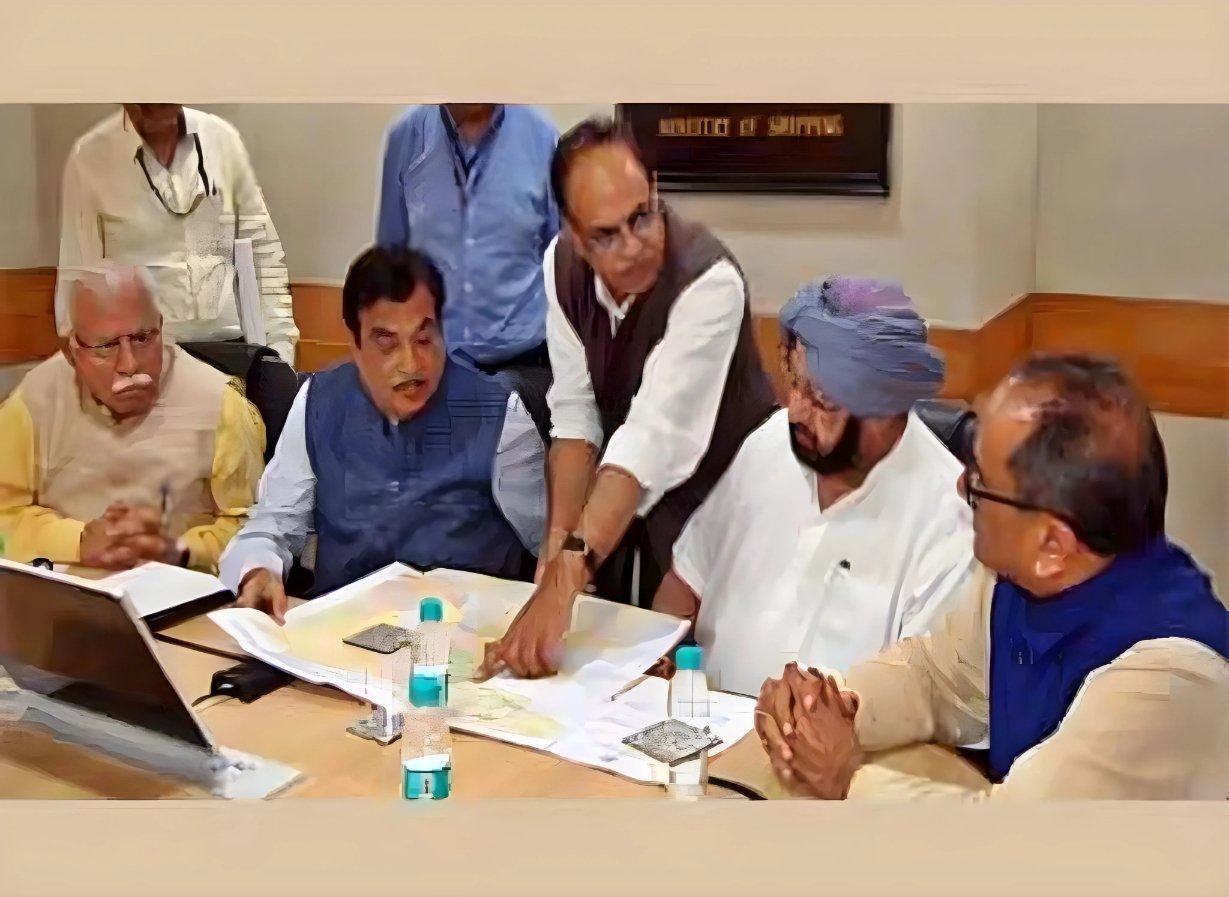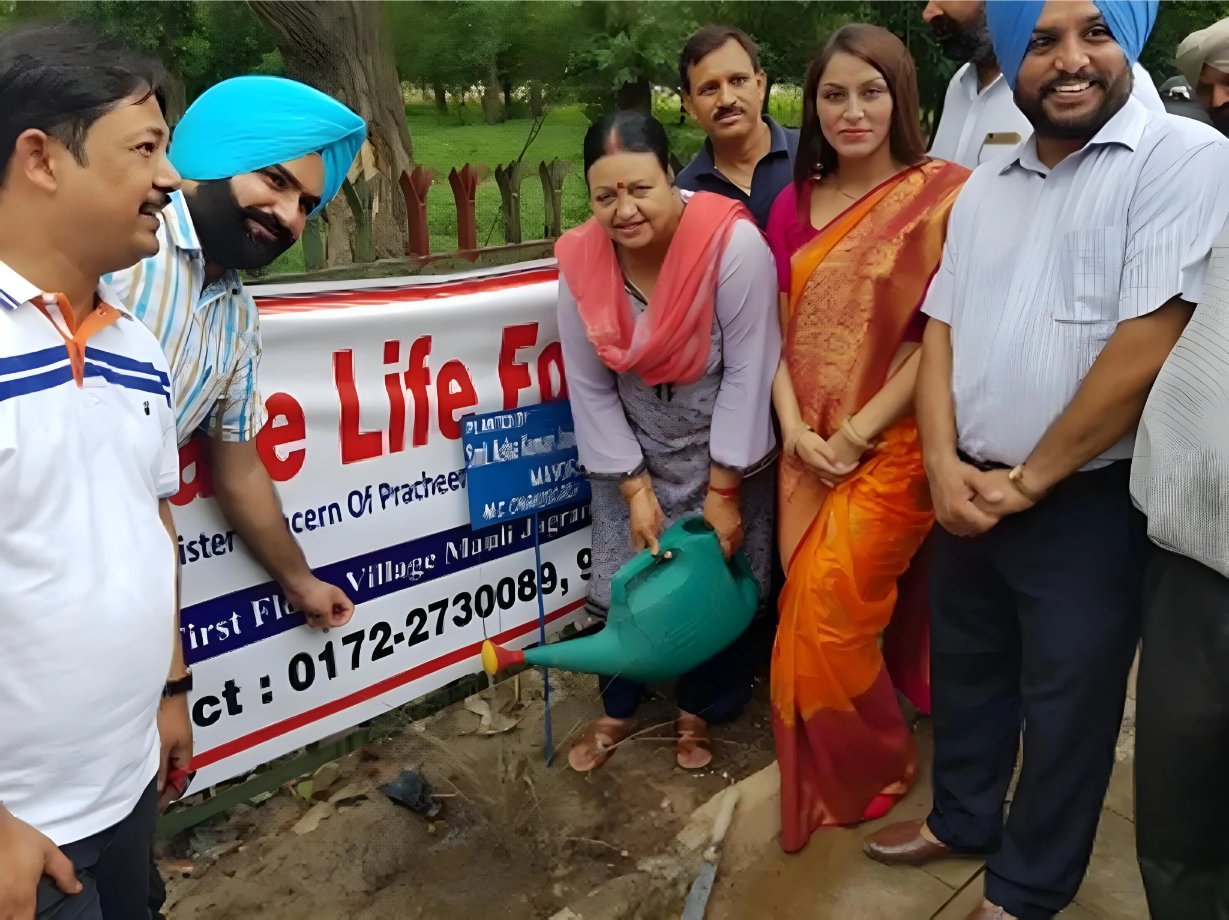The fact that 63 percent of all cardiac interventions happening in North India are done using the transradial approach (inserting a stent through a puncture in the wrist) is proof enough that the simpler and safer “walk in & walk out†procedure has relegated the traditional transfemoral approach (inserting a stent through a puncture made in the groin area) to near oblivion.
Dr RK Jaswal, Director, Cardiology, Fortis Hospital, Mohali, who has been pioneering this new approach to angiography and angioplasty since 2002, with more than 20,000 procedures under his belt, says after 15 long years of documented excellent results it is now the recommended technique for percutaneous coronary intervention (PCI) in acute coronary syndrome as per European Society of Cardiology guidelines.
Photo By: Life in Chandigarh
He says as compared to the groin rupture approach, the wrist rupture approach is much less painful, costs less (since it is a quicker procedure requiring much less stay in hospital), chances of complications are near negligible and success rate is much higher. With continuous advancements in stent technologies, angioplasty, especially transradial approach, has become a rage internationally. The world is increasingly shifting from open heart surgery to angiography, he added.
Dr Jaswal, who is now sharing his expertise in transradial approach to angiography and angioplasty with other cardiologists of the region in regular workshops, on Friday, presented before media persons a South African cardiologist, Dr Jameel Moosa, whom he has trained over the last two weeks at the Fortis Hospital Mohali under an international sponsored programme. Dr Moosa confided that back home he prepared to try out the challenging transradial intervention on his patients a few times, but each time had to fall back on the traditional transfemoral approach due to lack of confidence.
Advertisement

Acknowledging that the transradial approach to angioplasty was the way to the future, he admitted that two weeks spent with the pioneer in this field, Dr Jaswal, he was feeling confident of taking transradial intervention forward in South Africa for the overall benefit of cardiac patients.
Recollecting his experience of performing his first angiography and angioplasty using the traditional approach on a woman patient way back in 1997, Dr Jaswal said the lady’s words were still vivid in his mind. “She confided in me that she had handed over all the keys of the house, and all her personal belongings, to her family, apparently doubtful she will ever be able to return home alive. That was the kind of fear in the minds of people then,” he said.
He went on to say that hearing about the pain and discomfort during and after the traditional transfemoral angioplasty, and the then prevailing high post operative mortality rate, patients used to shy away from the intervention. After angiography by this approach, the patients were required to lie motionless in a hospital bed for over six hours and after an angioplasty for 18-20 hours, which resulted in severe back aches, especially among the elderly. Since the puncture in this approach had to be made right in front of the hip joint, slightest movement of the hip joint post intervention used to result in complications like bleeding. Since the groin area is the dirtiest part of the body, susceptible to infections, risk of post intervention infection was also high, he added.
The duration of the transradial intervention being much shorter, and patient being able to move about shortly after the procedure, has made this approach to angioplasty much sought after by patients, he claimed, adding that in the last 15 years he has hardly come across any case of post intervention complications. “When we were using the transfemoral approach, there was hardly a day when we were not required to rush to hospital to attend to post intervention complications, he said.



